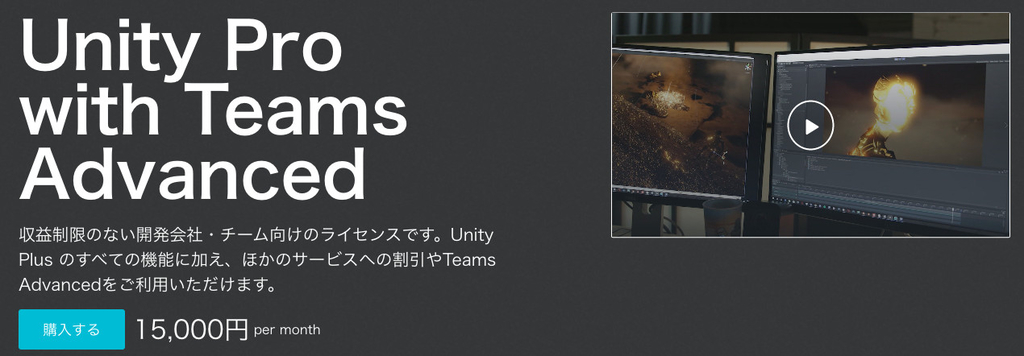
The Go/No-Go task is a set of dynamic psychological tools designed to measure and log response control and impulsivity.The Go/No-Go asset is a set of dynamic psychological tools designed to measure and log response control and impulsivity. Participants face 'Go' trials, where quick responses are required, and 'No-Go' trials, which demand restraint and non-responsiveness. This task is not only effective on its own but also pairs well with other paradigms, such as visual search tasks and the Stop Signal Task. The latter challenges participants to abruptly stop an initiated response, offering deeper insights into impulse control. Versatile and engaging, the Go/No-Go task is an essential asset for cognitive and behavioral research.This Asset contains three versions of the Go/No-Go Task:Text-based: define words participants should response toImage-based: define images participants should response toObject-based: define objects participants should response toFeatures:Measure response timeTrack response errors and false responsesAutomatical logging of resultsCalculation of average response timesPre-defined quiz games and canvas planesSupported VR Device Types via SteamVR* Vive* Oculus* Other VR devices that use SteamVRBecause all creation and editing functionalities are accessible through the Unity Editor, no coding is required to create and run a custom Go/No-Go Task in a scene.For further reading, see:Criaud, M. & Boulinguez, P. (2012). Have we been asking the right questions when assessing response inhibition in go/no-go tasks with fMRI? A meta-analysis and critical review. Neuroscience & Biobehavioral Reviews, 37(1), 11-23.Verbruggen, F. & Logan, G.D. (2008). Automatic and controlled response inhibition: Associative learning in the go/no-go and stop-signal paradigms. Journal of Experimental Psychology: General, 137(4), 649-672.We are always interested in scientific collaborations. Please reach out to contact@zefwih.com.Users are presented with either "Go" or "No-Go" prompts.For "Go" prompts, the participant must respond within a 2-second window. In contrast, for "No-Go" prompts, the participant must refrain from pressing any button for the same duration.The task is designed to be challenging with a higher frequency of "Go" trials than "No-Go" trials. As a result, participants tend to respond more quickly to consecutive "Go" prompts due to repetition and anticipation. However, this increased response speed can make it more difficult to inhibit their response when a "No-Go" trial unexpectedly appears. This setup tests both reaction times and the ability to control impulsive actions.All parameters are adjustable. This includes:- response window, default: 2s- intertrial pause, default: 0.5s- type of tasks, text, image or game object- number of Go tasks, default: 20- response No-Go tasks, default: 5- Visual Feedback: Customizable colors and sprites for correct or incorrect responses.- Accessibility Features: Adjustable text and image sizes- Data Analysis Tools: Built-in module for immediate data processing, provided as a .CSVThe implementation logs the- (adjustable) participantID- (adjustable) conditionID- name of task: go or nogo- the response speed (in nogo trials, this is 2000, the timeout)- error status (0 is correct, 1 is error)The UI elements are based on the standard Unity UI (UUI) system and TextMeshPro (TMP), making the tool fully compatible with regular UUI/TMP coding.Three prefabs and three example scenes (text, image, game objects) are included.All source code is extensively documented.






